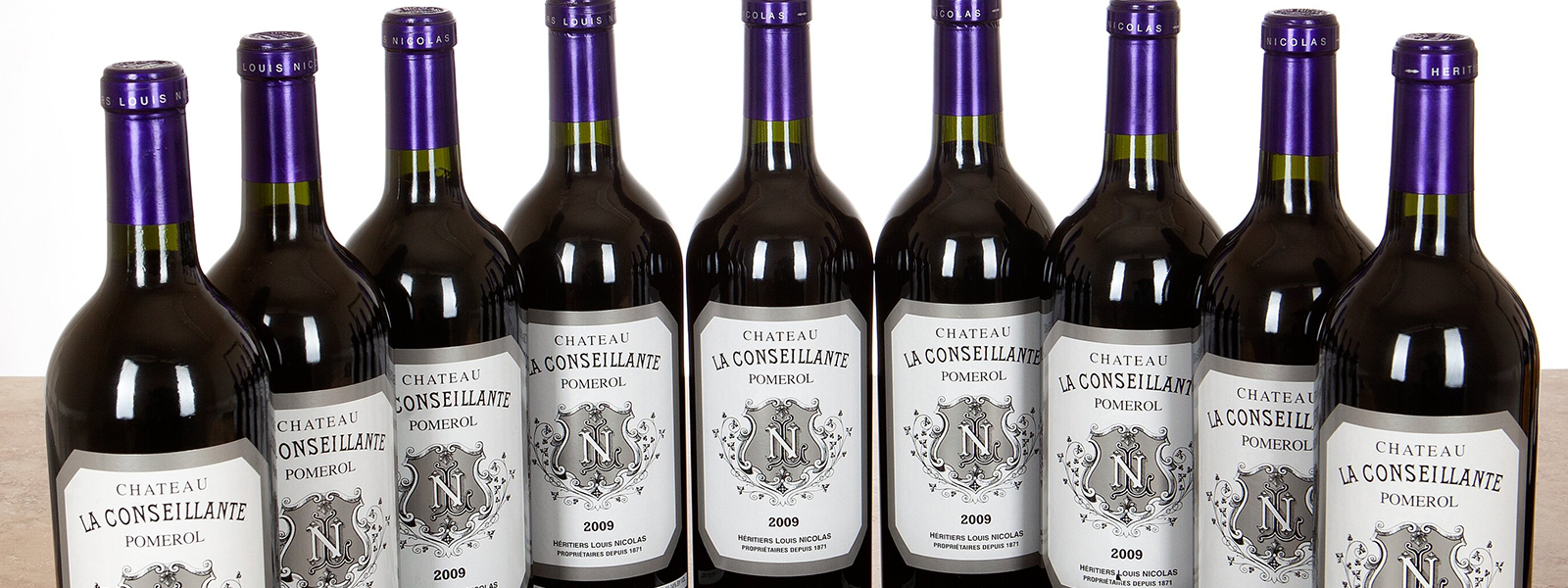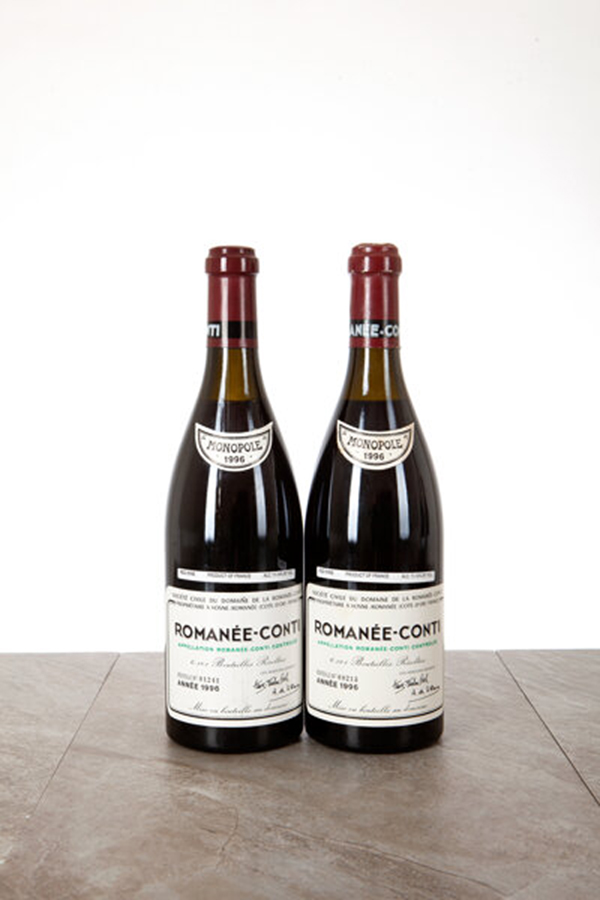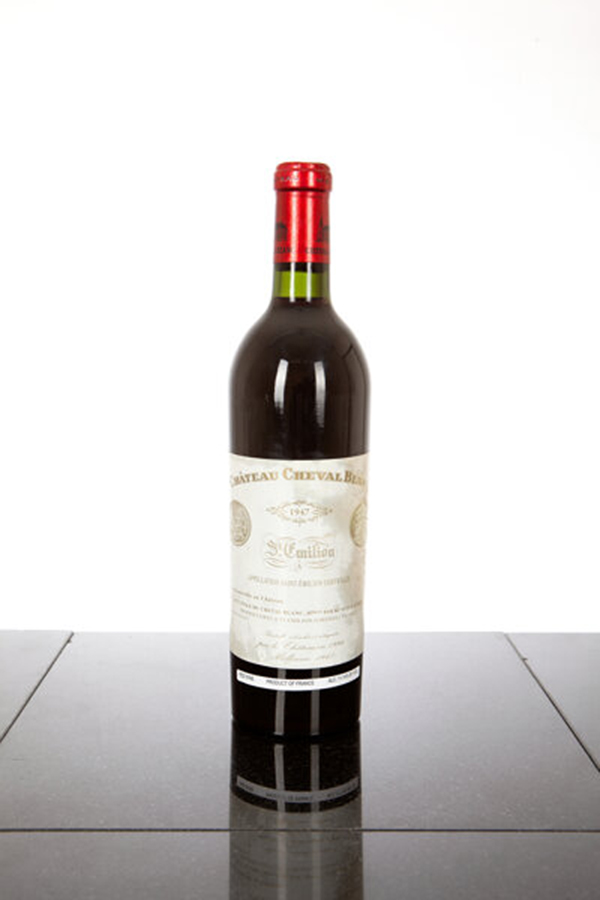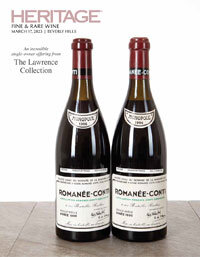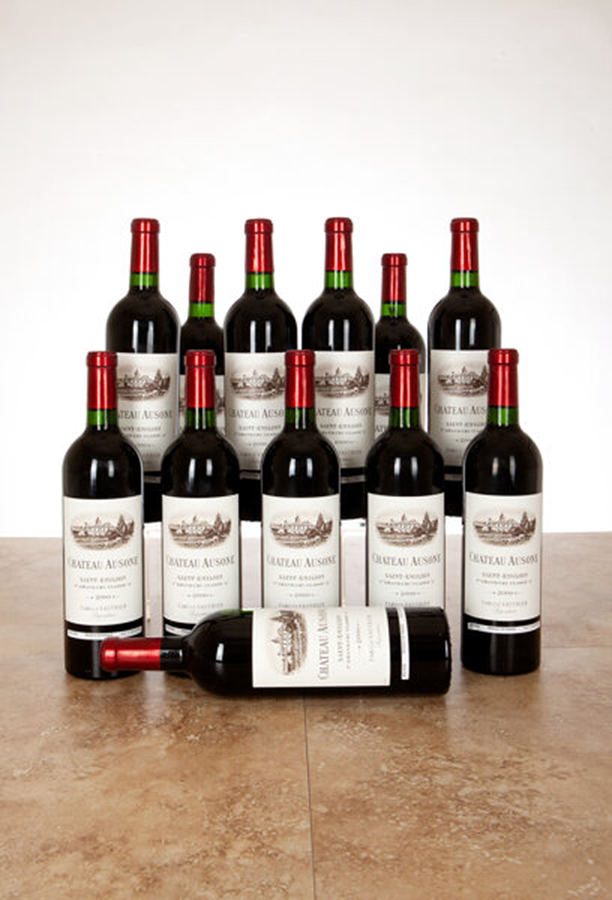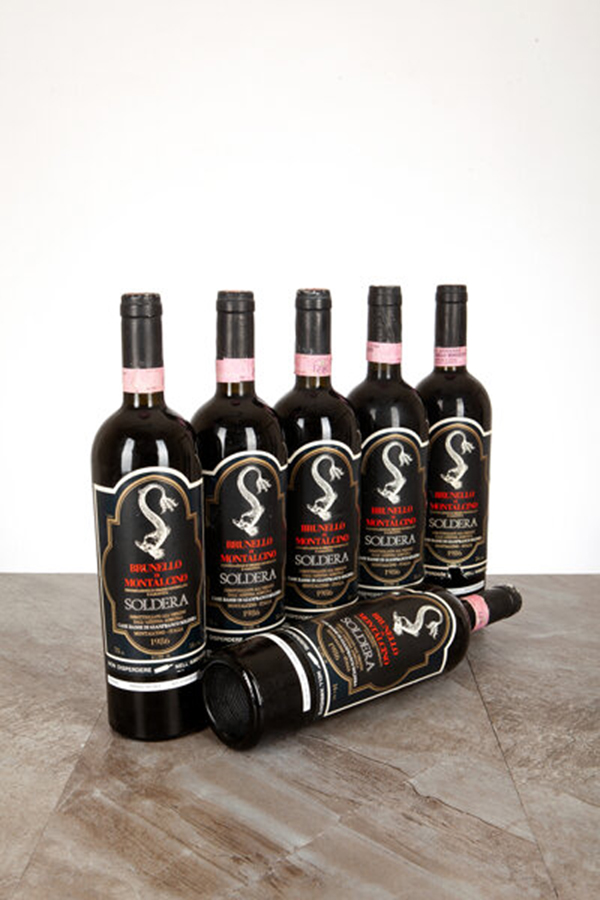THE CONSIGNOR OF AN IMPECCABLE COLLECTION HEADING TO AUCTION MARCH 17 REVEALS HIS FAVORITE WINE PRODUCERS, WHAT HE LOOKS FOR IN A BOTTLE AND WHY HE’LL FOREVER BE ‘A TANNIN MAN’
By Rhonda Reinhart
On March 17, Heritage Auctions will present The Lawrence Collection of Fine & Rare Wine, a remarkable single-owner collection featuring every esteemed growing region in the world – and only the best names within those regions. The cellar, built over decades by a passionate collector, includes elite wines from around the world. Among the 437 lots, which represent just a fraction of the consignor’s collection, you’ll find highlights such as a 1947 Cheval Blanc, two bottles of 1996 Romanee Conti, a 2001 Screaming Eagle, three bottles of 1968 Vega Sicilia Unico, two bottles of 1985 Guigal La Turque and hundreds of other top-flight vintages.
“You can see years of collecting and tasting experience in this cellar,” says Frank Martell, Senior Director of Fine & Rare Wine at Heritage. “Collections like this do not happen by accident. They are a deliberate creation, requiring expert knowledge and attention.”
The consignor of the collection got his first taste of the wine world when he was in his early 20s, apprenticing for a global accounting firm whose clients included breweries, distilleries and Bordeaux négociants. Eventually, sharing cases with friends turned to advanced wine study and amassing a collection that at one point topped out at more than 20,000 bottles.
Below, the collector lets us in on his favorite wine producers, the growing regions he gravitates toward and the six essential elements he says make a bottle worth collecting.
How long have you been collecting?
Since 1981. So, almost 42 years.
What are the top factors you look for when considering adding a wine to your collection?
For me, there are six essential elements that make a wine bottle worth collecting: 1) The reputation of the producer. 2) Is the wine readily available? 3) Vintage. 4) How long is the wine likely going to last? 5) Reviews by wine critics. 6) Last but not least, provenance.
THE LAWRENCE COLLECTION OF FINE & RARE WINE SIGNATURE® AUCTION – BEVERLY HILLS 5544
March 17, 2023
Online: HA.com/5544a
INQUIRIES
Frank Martell
310.492.8616
FrankM@HA.com
Your collection includes the world’s best growing regions. Are there particular regions that stand out as your favorites? And, if so, what draws you to those regions?
Basically, I am a tannin man. I prefer wines with bold, heavy and meaty-silky tannins, and dark and red fruits, although I would not mind having a bit of light-weighted elegance every now and then. For this reason, I am attracted to grape varieties with strong tannin characteristics, such as Merlot, Cabernet Sauvignon, Nebbiolo, Sangiovese and Spanish Tempranillo. Within these grapes, regions such as Pomerol, Saint-Émilion, Médoc, Haut-Médoc, Margaux, Piedmont Barolo and Barbaresco, Tuscany Brunello di Montalcino, Umbria and Ribera del Duero are always my favorites.
Which wine producers are your favorites, and why do you love them?
Château Ausone: Presently about 15% of the vines are very densely planted at Ausone, which makes the vines work hard for their water and nutrients, sending roots far below the surface. The other 85% of the vineyard will have its density increased over the coming decades to 12,600 plants per hectare, while the owner has adopted organic and biodynamic principles. These incremental changes continue to raise the bar at Ausone. It always seduces rather than overpowers. Its freshness and mineral spine have their origin in its limestone soils. Vintages in the 21st century are well worth having in your cellar.
I also like Vieux Château Certan, which combines savoir-faire with exceptional soils. Coming mainly from the vineyard’s oldest vines, Vieux Château Certan is every year a blend of the most excellent lots produced at the estate. The brilliance of the wine’s hue, the richness of its aromas and the subtlety of its flavor bring it inimitable style. The style of VCC can change according to the growing season. It’s always the same person, but you find it in different moods. That makes it fairly unique in Pomerol because most properties are Merlot-dominated, with Cabernet Franc playing a more peripheral role, whereas at VCC it is more central.
The wines of Vieux Château Certan possess natural concentration and require a few years of cellaring before the first bottles can be opened. As with the greatest Bordeaux wines, 10 to 15 years of aging is the minimum. While Petrus is undoubtedly the best Pomerol, VCC has an unbeatable price-to-enjoyment ratio; you get a much better bang for the buck. Since the year 2000, VCC has been making better and better wines year after year.
Gianfranco Soldera Brunello di Montalcino is another favorite. Sangiovese red fruit at its best. Among Italy’s elite red grape varieties, Sangiovese has the perfect combination of bright red fruit and savory earthiness and is responsible for the best red wines of Tuscany. While it is best known as the chief component of Chianti, it is also the main grape in Vino Nobile di Montepulciano and reaches the height of its power and intensity in the complex, long-lived Brunello di Montalcino. I love Soldera for its proximity to dark fruit ripeness but how at the same time it retains all the unmistakable traces of cherries and red berries.
And how could one forget Peter Sisseck’s Pingus? Tempranillo at its best. While other Spanish wines have achieved international recognition, Pingus is one of the very few that have joined the ranks of the world’s most coveted wines. Like those other esteemed names, Pingus has a quality that is often lacking in today’s “modern” wines – a sense of utter individuality. There is no other wine in the world today that shares Pingus’ unique signature. And, ultimately, that singularity is one of the fundamental requirements for great wine.
What do you think makes your cellar stand out from other collections?
Wine collecting is certainly not for everyone, as it requires plenty of research, funds, patience and care, but it is an extremely rewarding pursuit for those passionate about wine’s history, future and ability to elevate any occasion. Someone could call my wines an indiscriminate collection from all corners of the Earth. I like to think, in doing what I have done, I am able to present to and share with other wine lovers in a tiny but relatively complete way some of the best grape juice Mother Nature has been so kind to bestow upon us mortals.
Speaking of research, you definitely did your homework along your wine-collecting journey.
Everyone likes to drink good wines, but not everyone likes to spend time understanding the specific climate, the terroir, the winemaking methodology and the history of these great wines. I like to think I did spend quite a bit of time – yet still only scratching the surface – trying to understand them. After all, as far as I am concerned, understanding all of this greatly enhanced the wine experience and enjoyment.
 RHONDA REINHART is editor of Intelligent Collector.
RHONDA REINHART is editor of Intelligent Collector.

